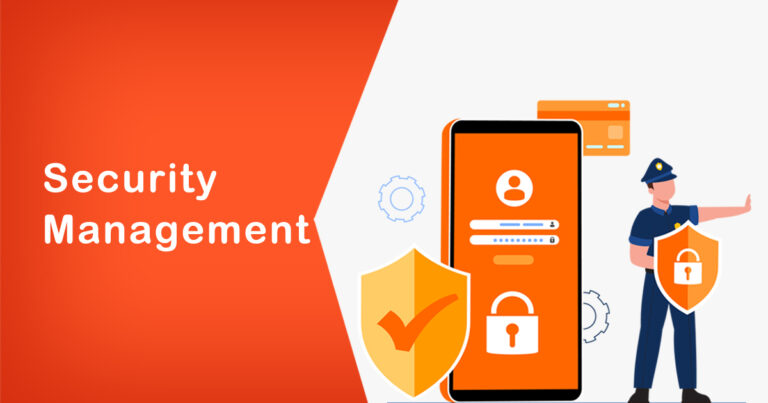Introduction
In recent years, India has witnessed a significant increase in cyber-attacks, data breaches, and online frauds. With the rise of technology and digital transformation, cybersecurity has become a major concern for businesses and individuals alike. The need for effective security management in India has never been greater. In this blog, we will discuss the best practices for security management in India, backed by research and facts.
The Current State of Cybersecurity in India
According to a report by PwC India, cybercrime incidents in India have risen by 117% in the last three years. The report also states that India ranks second globally in the number of cyber-attacks, with more than 500,000 cyber-attacks reported in 2020 alone. These numbers indicate the severity of the cybersecurity threat in India and the need for strong security management practices.
Best Practices for Security Management in India
1. Implement a Robust Security Policy:
Every organization should have a comprehensive security policy that covers all aspects of cybersecurity. The policy should define the roles and responsibilities of employees, establish guidelines for data protection, and outline the procedures to be followed in case of a security breach.
2. Regular Security Assessments:
Regular security assessments help identify vulnerabilities in the system and provide insights into potential threats. Organizations should conduct security assessments regularly and take corrective measures to address the identified risks.
3. Employee Awareness and Training:
Employees are the weakest link in the cybersecurity chain. Most security breaches occur due to employee negligence or lack of awareness. Therefore, organizations must conduct regular training sessions and create awareness among employees about cybersecurity best practices.
4. Encryption and Access Control:
Encryption and access control are critical components of security management. Data encryption ensures that data is protected from unauthorized access and cannot be read by hackers. Access control mechanisms, such as password policies, multi-factor authentication, and role-based access, should be implemented to restrict unauthorized access to sensitive data.
5. Incident Response Plan:
In the event of a security breach, organizations should have an incident response plan in place to minimize the impact of the breach. The plan should outline the steps to be taken, the roles and responsibilities of team members, and the communication channels to be used during the incident.
6. Regular Updates and Patches:
Software vulnerabilities are a common entry point for hackers. Organizations should ensure that their software and systems are up to date with the latest security patches and updates. This reduces the risk of exploitation of known vulnerabilities by hackers.
7. Continuous Monitoring:
Continuous monitoring of the IT infrastructure is essential for early detection of security breaches. Organizations should implement monitoring tools that provide real-time alerts and notifications of potential security threats.
Conclusion
In conclusion, cybersecurity threats are on the rise in India, and organizations must implement robust security management practices to protect their data and systems from cyber-attacks. The best practices discussed in this blog, such as implementing a security policy, regular security assessments, employee awareness and training, encryption and access control, incident response plans, regular updates and patches, and continuous monitoring, should be followed to ensure effective security management. By adopting these practices, organizations can reduce the risk of cybersecurity breaches and protect their business from potential financial and reputational damage.








